HomeFeaturesAlan Wake 2
There is an amazing Finnish fairytale at the heart of Alan Wake 2’s forestsKnowledge trees
Knowledge trees
Image credit:Epic Games Publishing / Rock Paper Shotgun
Image credit:Epic Games Publishing / Rock Paper Shotgun
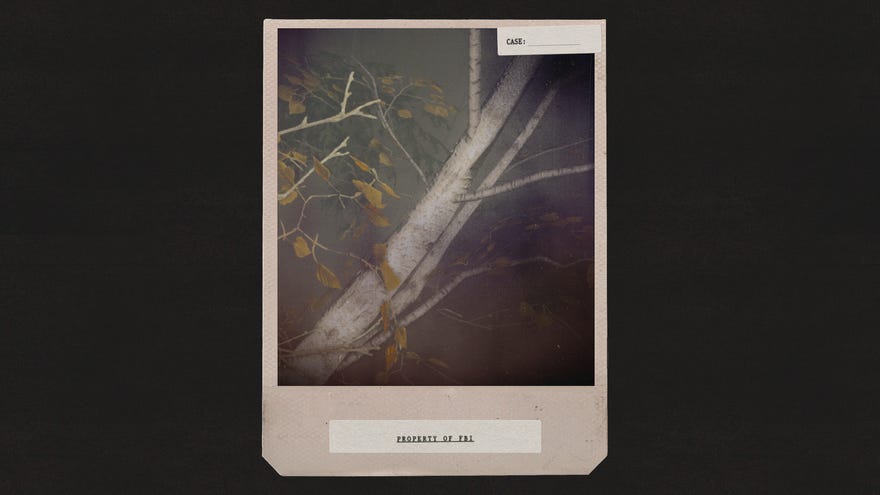
Ho, wayfarer! Beware slight spoilers for Alan Wake 2 in the passages ahead.
Deep in the Dark Place ofAlan Wake 2there is a forest that is not a forest - a zig-zag tunnel adorned with murals of a grisly woodland scene. Entering that tunnel, you find yourself sealed in at either end. But the mural suggests a way out: it changes when you turn around, following an unspoken narrative. It’s a device as delicate as the graffiti elsewhere in the Dark Place is obnoxious. In hindsight, it feels like an example of “metsänpeitto”, a concept from Finnish folklore about forests which, as writer Sinikka Annala explains, saturates the design of Alan Wake 2. It’s a fascinating idea I’d love certain much larger, less intriguing video game worlds to learn from.
Images of trees in Alan Wake 2, captured using the in-game Photo Mode, which has a forensic instant-camera-style filter. |Image credit:Epic Games Publishing / Rock Paper Shotgun
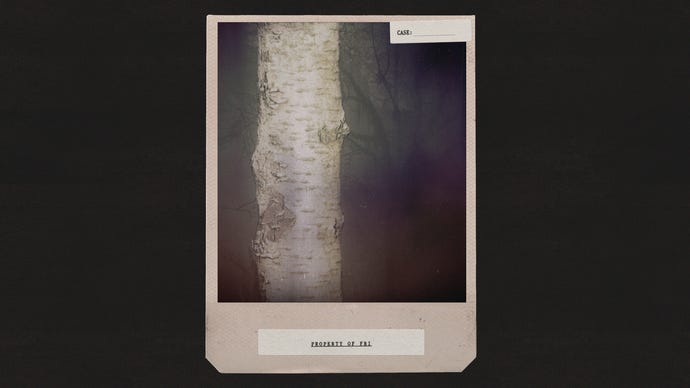
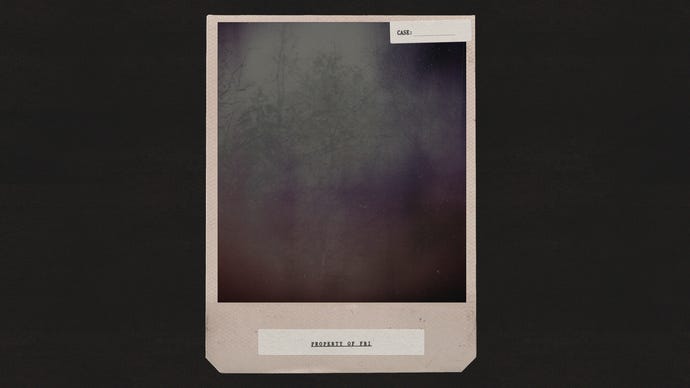
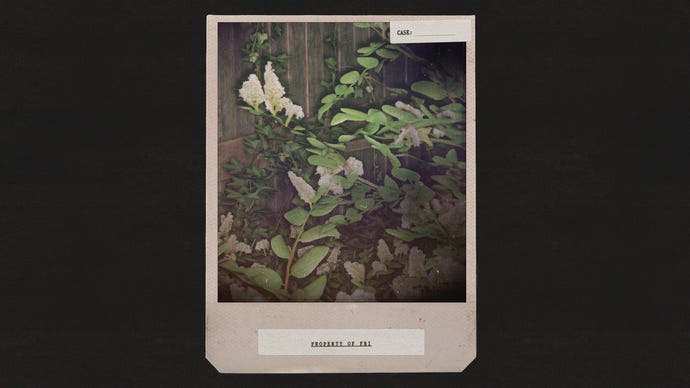
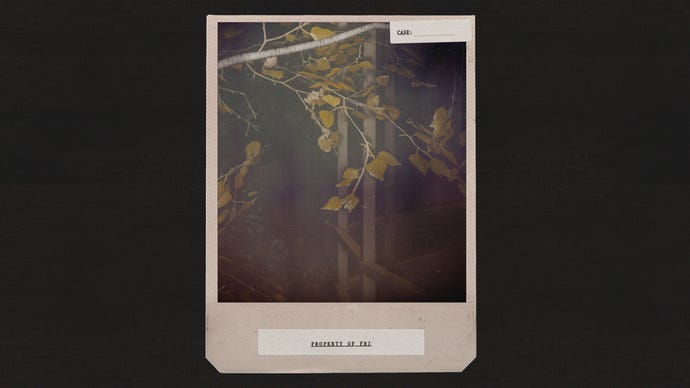
The enchantment of metsänpeitto can’t be escaped. It must be dispelled, defused. “To get out of the forest’s cover, the people looking for their loved ones would have to perform certain ritual-like tricks that might reveal them,” Annala goes on. “These include looking through the knotted roots of a tree or using specific rhymes to break the spell. For the person lost in the forest’s cover themselves, there are tricks like turning their clothes inside out or creating footsteps moving in a backwards direction that could help them return to the normal world.”
“Numerous parts of Alan Wake 2’s design and story relate in some way to the core concept of metsänpeitto, to the idea of traversing parallel spaces using dream logic and rituals,” observes lead writer Clay Murphy. “The light shifter puzzles in the Dark Place change the environment into different versions of itself. Saga has to navigate through three distinct loops of an Overlap, each one slightly different, to reach its centre. Saga and Wake see glimpses of one another between realities at the end of an Overlap or murder site. These are all speaking in some way to the idea of different realities touching our own.”
Image credit:Epic Games Publishing
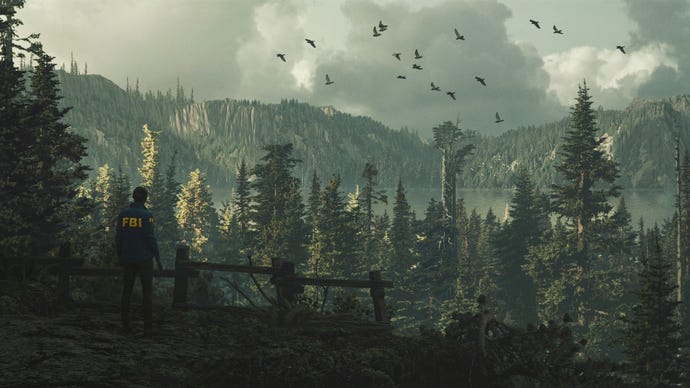
I’m not aware of any English myth that maps directly to metsänpeitto, but I certainly recognise the concept from my own walks in the woods. The classic mistake you make, on entering a wood, is trying to travel in a straight line. The wood may allow you to think this way, at first, offering up established paths and the suggestion of a living architecture leading securely towards distant spots of sun. But the path is not truly straight - it meanders gently under cover of the play of verticals. The trees may resemble pillars, signposts, but in practice they are oblivious, spiralling vegetal forces that pull you around them like planets, launching you away at unexpected angles. Not for nothing are forests portrayed as essentially sorcerous places in so much fantasy literature, from the midlife undergrowth ofDante’s Infernoto Robert Holdstock’s fermenting masculine daydream Mythago Wood, in which the outermost trees form “vortexes” protecting a timeless core.
You can follow that literary lineage into video games. I’m no coder, but I get the sense that forests arefiddly propositions for developers. Trees are flexing and fussy organic structures, occupying an annoying hinterland between predictability and randomness. They repeat enough to threaten monotony while remaining fundamentally dissimilar. Leaves constitute hundreds and thousands of smaller, dispersing shapes, not quite the tree, not quite themselves. They tinge and burst and sculpt the sunlight in ways that seem as faffy to engineer as they are glorious to behold.
As spaces where boundaries sprout and disintegrate and everyday laws are suspended, forests are also ideal, haphazard meeting places for things that might not “fit together”, in some sense. In the case of Alan Wake 2, the forests aren’t just Overlaps between the living world and the Dark Place, between Alan and Saga, but between North American and Finnish mythology.
Another photo mode creation, this time using a filter designed to resemble the art of Alan Wake’s wife Alice. |Image credit:Epic Games Publishing / Rock Paper Shotgun
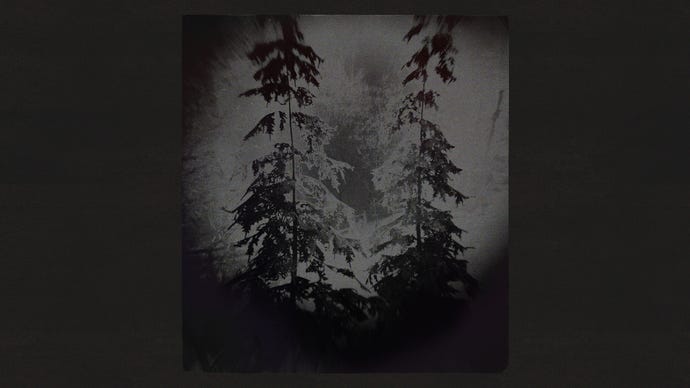
And then there is the monstrous, ruined trunk in the forest’s heart, a place of witchcraft and a portal to one of the Overlaps. “I know that for the Witch’s Ladle we wanted to represent one of these petrified red cedar trees that often have stories of warning or sacrificial sites attached to them - think that one spooky tree in the forest where kids dare each other to get close to it,” Creagh-Peschau recalls. “That being said, red cedars are also a symbol of eternity and are considered a tree of life to various indigenous tribes in the Pacific Northwest; this was significant again to reinforce that sense of Cauldron Lake being this primordial place that exists outside of time.”
Image credit:Rock Paper Shotgun/Epic Games Publishing
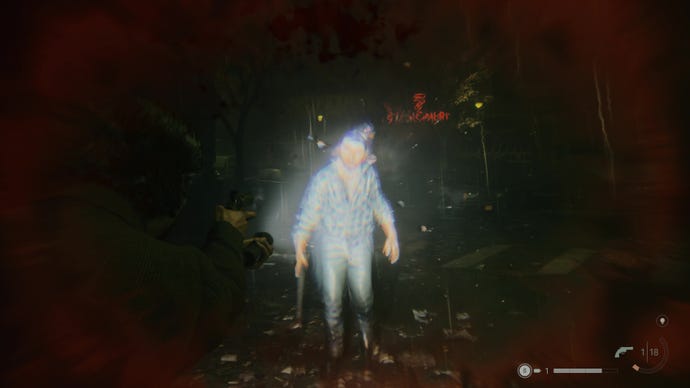
There are woods in open worlds, of course -Kingdom Come: Deliveranceis one that commits to a sprawling, naturalistic representation, and I have had a fine time foraging for mushrooms beneath its boughs. But there is rarely the possibility of falling under the forest’s spell. The only game I can think of that seriously tries it is Breath Of The Wild, whose Lost Woods area effectively shelves the open world, and mires you in an endless series of walks between campfires - a limbo reminiscent of that underground tunnel in Alan Wake 2, which must be unravelled rather than traversed. Perhaps if more open worlds permitted their designers to wander in this fashion, they’d be more enchanting.